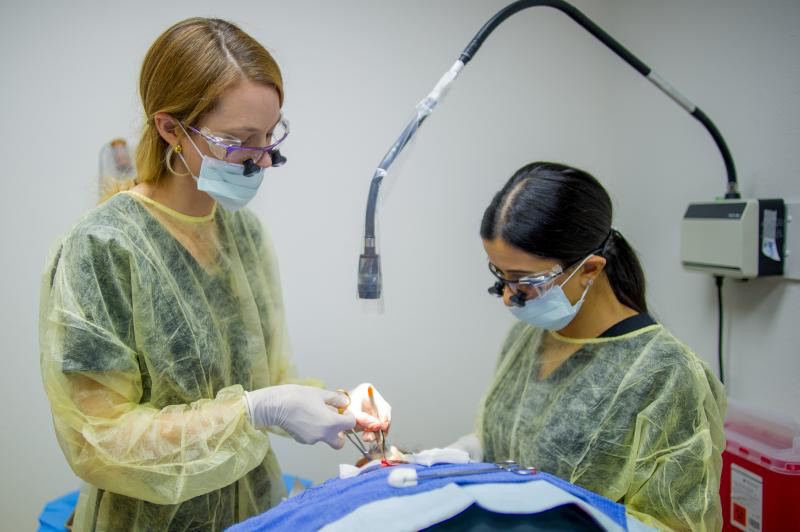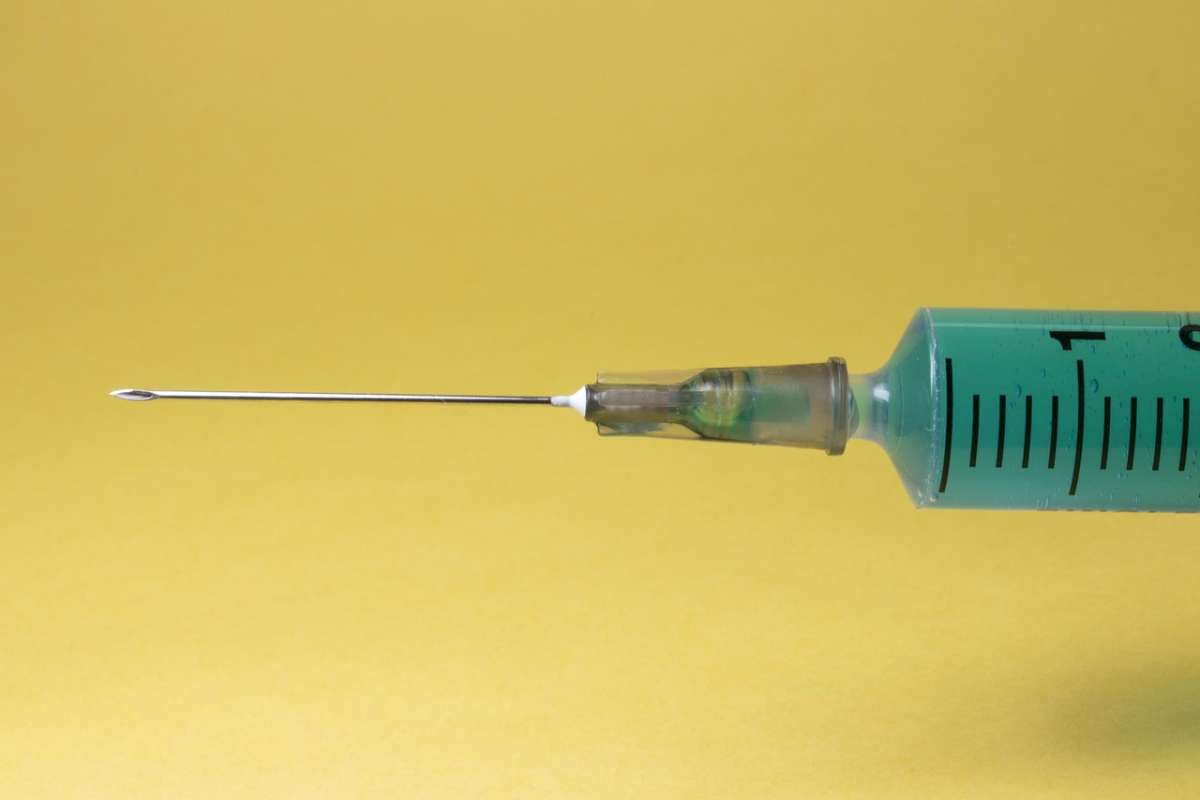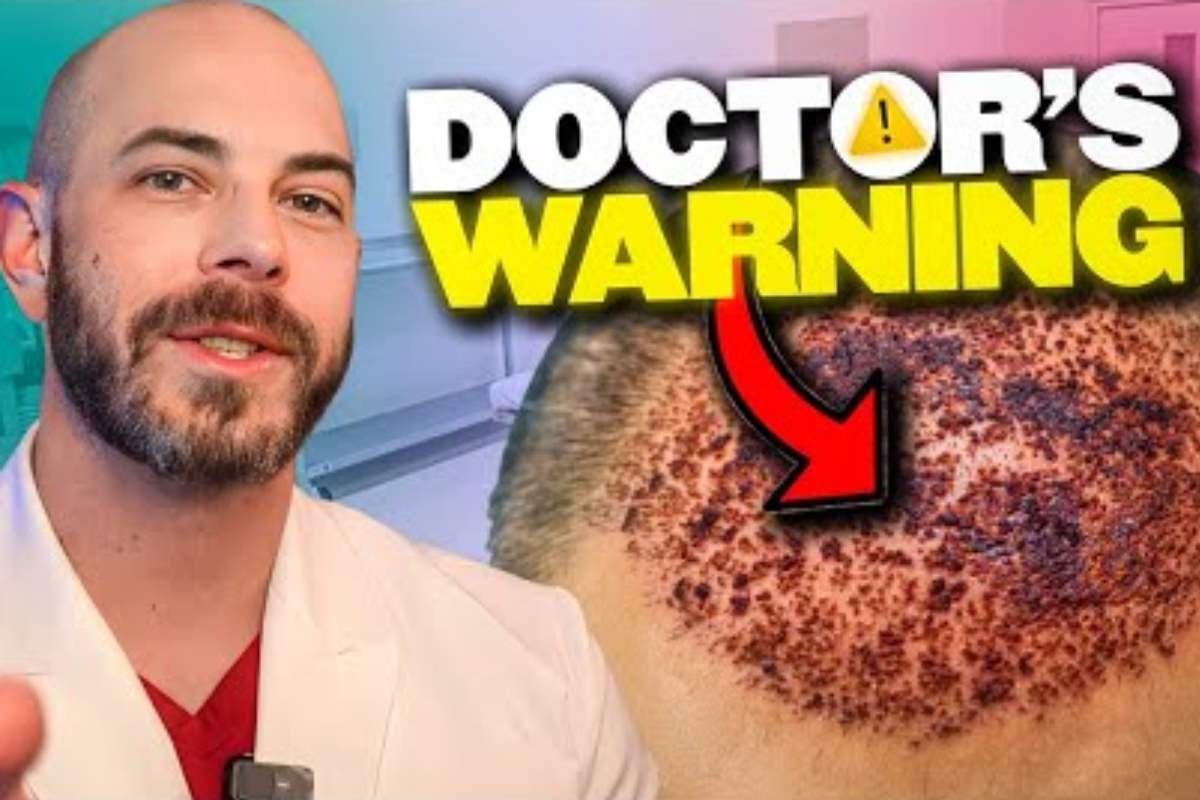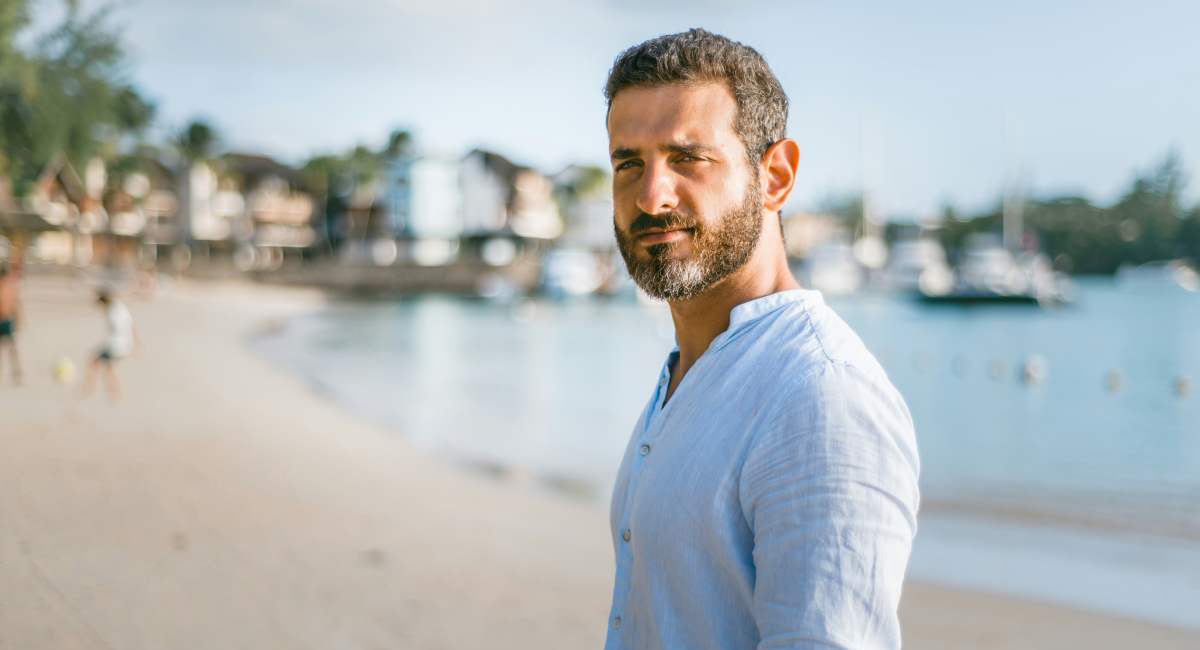
About Hair Transplant Recovery
Remember, this is a surgical procedure. Like all surgeries, you should plan for some “downtime.” Most hair transplant patients recover quickly with a minimal to moderate amount of discomfort and return to work within a week. The more active you are within the first 36 hours following your surgery, the more likely you are to have significant forehead and facial swelling. We highly recommend that you plan to relax for 3 days after your scheduled procedure to ensure a quick recovery with minimal discomfort or swelling.
You are free to drive yourself after the procedure is finished, provided no sedating medications have been taken. We will provide pain medication for your recovery period.
We also recommend that you allow a minimum of one week to recover if you do not want anyone to know you have had a hair transplant. After one week, the surgery will be virtually undetectable for most patients. There can be redness for up to 2 weeks in the planted area.
For the best camouflage of your donor site following a strip harvest (where you will have stitches) we recommend that you grow your hair out before surgery (1/2 – 1 inch in length minimum). Longer hair will cover the stitches completely during the healing period. For FUE, the donor area will be shaved. You may want to plan a post-procedure hair cut to blend your normal hair with the regrowth about 1 week after the procedure.
You may return to work or go on vacation as soon as you are ready; however, refrain from swimming or other water submersion and ALL sports for 10-14 days after your procedure. Walking, jogging, stationary biking, and light weight lifting can be resumed within a day of the procedure at your comfort.
You will not be able to wash your hair for 3 days. You can resume normal gentle showering to the scalp on day 7.
Some patients who normally wear a hat or ball cap have found they can return to work as soon as the day after surgery. A hat will completely cover all treated areas for strip harvest and all but the lower shaved area for FUE. It is possible that no one will be able to tell that you have had a hair transplant if you wear a hat/cap/scarf after your procedure.
Want to learn more about hair transplant recovery? Contact us today!







